Sun or shade?
gailqld
14 years ago
Related Stories
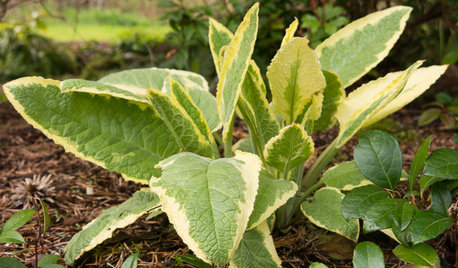
GARDENING GUIDESGreat Design Plant: Axminster Gold Comfrey for Sun or Shade
Plant this perennial for bold color that will light up shady spots, sparkle in the sun and add interest from spring until fall
Full Story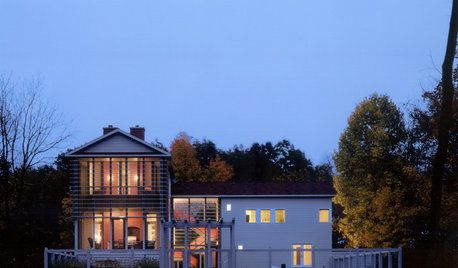
EXTERIORSSteer the Sun and Shade With Louvers
See how louvers on home exteriors and patios help you control the light both indoors and out
Full Story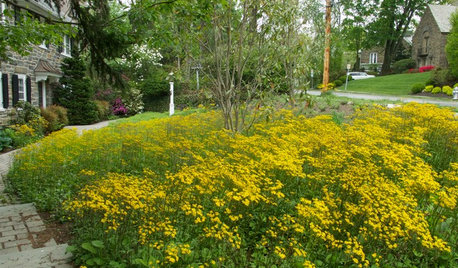
GARDENING GUIDESPackera Aurea Puts On a Springtime Show in Sun or Shade
This vigorous native ground cover welcomes bees with its early-blooming flowers and makes an attractive lawn alternative
Full Story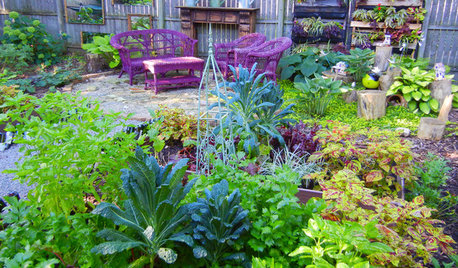
GARDENING GUIDESShades of Vegetable Gardens: Growing Edibles in Less Sun
See how one gardener produces a veritable feast of vegetables and herbs under a canopy of shade
Full Story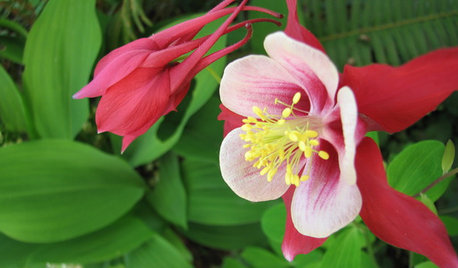
GARDENING FOR BUTTERFLIESGreat Design Plant: Columbine Grows Happily in Shade and Sun
Its ethereal beauty comes from complex forms and wide-ranging colors, but columbine’s benefits are highly attractive too
Full Story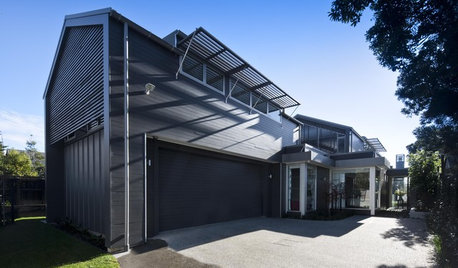
ARCHITECTUREShade in Summer, Sun in Winter
Louvered sunshades filter light when it's hot, let it in when it's not
Full Story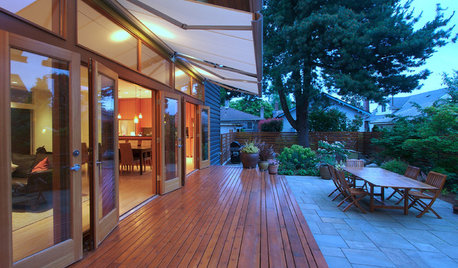
GARDENING AND LANDSCAPINGMade in the Shade, the Modern Way
Think beyond the patio umbrella with these 8 ideas for blocking the sun beautifully
Full Story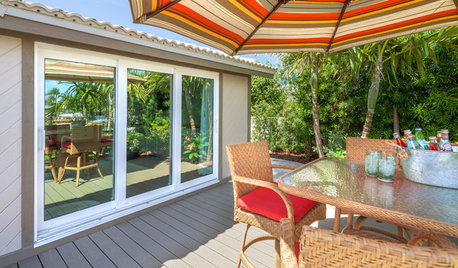
PATIOS6 Patio Cover Types to Shade You in Style
Protect yourself and your deck from the blazing sun with umbrellas, cloth, built structures — or nature's perfect shading solution
Full Story
LANDSCAPE DESIGNFind Yourself in an Epic Garden in the Shade
Feeling hot and tired gardening in the sun? The world of shade gardening beckons you to its cool mystery
Full Story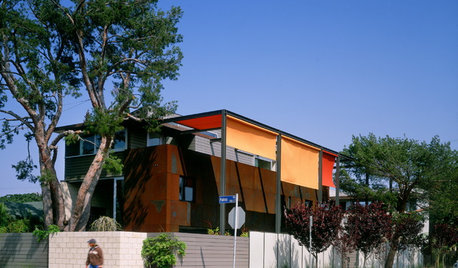
REMODELING GUIDESModern Awnings: Sails Shade the Home
Today's fabric awnings add movement, color, and just the right amount of protection from the sun
Full Story





rickta66
flabrom
Related Professionals
Carson Landscape Architects & Landscape Designers · Ferndale Landscape Architects & Landscape Designers · Barrington Landscape Contractors · Berwyn Landscape Contractors · Deerfield Landscape Contractors · Hendersonville Landscape Contractors · Matteson Landscape Contractors · North Aurora Landscape Contractors · Golden Valley Landscape Contractors · Burbank Fence Contractors · Rutherford Fence Contractors · West Columbia Fence Contractors · Woodinville Fence Contractors · Ft Washington Siding & Exteriors · Spartanburg Siding & Exteriorssplinter1804
flabrom
gailqldOriginal Author